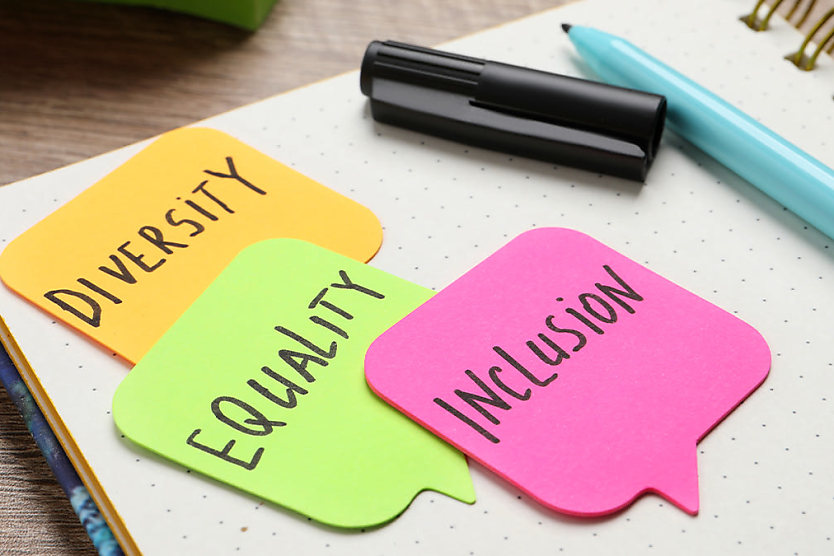
In its early days, DEI integration came from a place of compliance and risk. Now, as these strategies have shown that they can provide effective value to an organisation, it is imperative that leaders get it right.
A recent HR Leader podcast episode featured Jasleen Kaur, senior principal of HR advisory at Gartner, who discussed the inner workings of DEI strategies throughout the Australian workplace.
“I do find that more and more organisations are trying to focus on DEI in a more integrated manner. So back when we started focusing on DEI, it was very much a kind of compliance and risk, and for some organisations, that is still the case, just because of the stage of the journey that they’re at right now,” said Kaur.
Discussions around DEI implementation have been somewhat contentious, with many corporate higher-ups proclaiming their disdain for it. However, the vast majority of the Australian workplace has been supportive of its integration, but as Kaur said, that support for its implementation comes from a risk and compliance mindset.
As the journey continues, Kaur believes that key stakeholders are shifting from that preventative risk and compliance mindset to a more integrated approach as they have seen the overall benefits that DEI strategies can offer.
“As organisations are maturing, they’ve moved away from that compliance focus towards a programmatic approach, which, at some point, did help quite a lot. But now we’ve recognised that a programmatic approach in a siloed environment can only take us so far,” said Kaur.
“So that’s where we’re finding that integrated approach, that embedded approach, a lot more beneficial for organisations. I do find a lot of organisations moving towards that, where DEI is being embedded into recruiting, into workforce planning, into overall talent management.”
An example of some of the successful DEI strategies that have been integrated is within talent processes. As DEI has been more involved in the recruitment and talent hiring process, bias and unconscious bias, which have proven to be issues in the past, have somewhat been mitigated.
“They’re definitely very effective strategies, but the reality of those efforts is that it puts a lot of onus on the people that are involved in those programs.
“We’re not expecting the leaders to entirely always remember to mitigate their biases or unconscious bias, but we are also implementing process nudges to mitigate bias in those talent processes.
“That onus is on managers and leaders to constantly remember to be more inclusive, to mitigate bias, and stay on top of their unconscious biases,” said Kaur.
The only worry that Kaur has is that when push comes to shove, DEI is often put on the backburner if other areas are under pressure. If business outcomes are not reaching their desired heights, then it’s a common theme that organisations will abandon DEI processes to prioritise said business outcomes.
It comes back to looking at it through a risk and compliance lens, which is why Kaur stresses the importance of these DEI strategies being embedded into organisational values and processes.
“But when push comes to shove and there are lots of different priorities that they are juggling with, DEI falls off the radar. That is just an unfortunate reality for all of us. And that is why the integrated approach where DEI is being embedded in talent processes themselves takes a lot of the pressure off the people and puts it on the process itself. It makes doing the right thing a lot easier,” said Kaur.
In the end, stakeholders and leaders should be well aware of the benefits that DEI can offer their organisation. By embedding it into their organisational values and processes, it can act as a set and forget because those integrated processes will always be there.
However, if they are only applied from a programmatic or risk standpoint, then they can easily be disregarded when pressure is placed on an organisation.
It comes down to leaders understanding those differences in terms of implementing DEI and making sure that they’re getting it right, for the good of their organisation.
“When you put numbers about diversity, about the representation, about the gaps, about the biases, about inequities, when you put numbers next to the benefits of DEI, that’s when the leaders and the key stakeholders start to see, ‘OK, focusing on DEI has its benefits, but not focusing on it are going to have some serious implications and risks,’” said Kaur.
The transcript of this podcast episode was slightly edited for publishing purposes. To listen to the full conversation with Jasleen Kaur, click below:
Kace O'Neill
Kace O'Neill is a Graduate Journalist for HR Leader. Kace studied Media Communications and Maori studies at the University of Otago, he has a passion for sports and storytelling.










